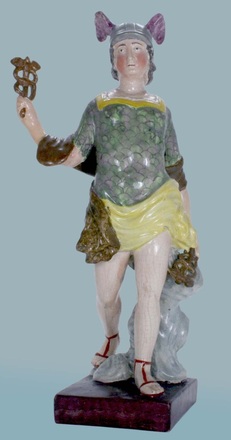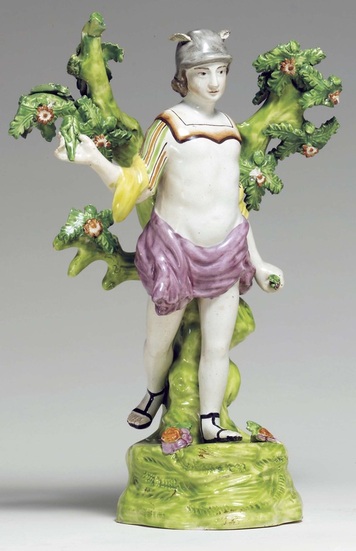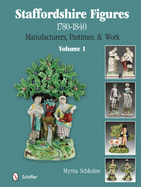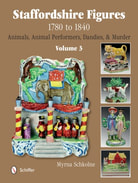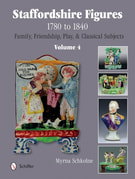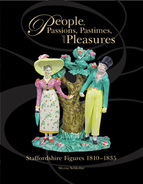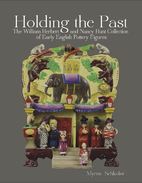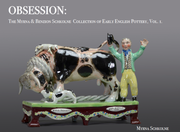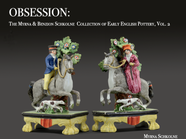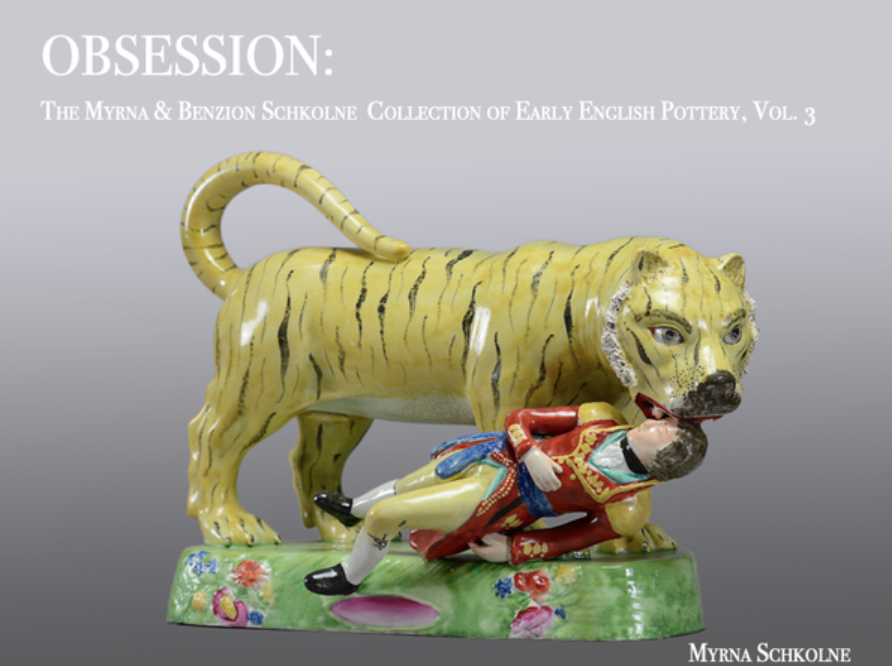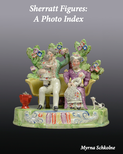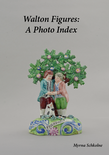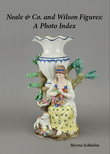Mercury is really is a rare figure. The example above can be confidently attributed to the Brown Base Group pot bank. Until last week, it was the only Brown Base Mercury I knew of--but then another was shown to me, sadly with a poorly restored object of sorts in the raised hand.
Interestingly, I know of one other Mercury, formerly in the Hope McCormick Collection. Seen below, it oozes Dale features--and it is impressed on the back with John Dale’s mark.
Have you noticed how much green is in the Dale figure and how none is in the Brown Base figure? Last week, I lined up a good number of eighteenth-century figures (predominantly Neale and Ralph Wood) and noted how very little green was used in their decoration. What green there was was watery and either a little minty or olivey. In sharp contrast, figures that I can date to the 1820s use LOTS of greens, strong greens of all sorts.
The reason for the difference in the greens over the time period is based on the fact that chrome oxide was added to green enamels in 1805--and this yielded MUCH stronger shades of green. I suspect yellow were also affected by some change in the early decades of the nineteenth century---or perhaps enamelers just brightened the whole palette. There is so much we just don't know!
